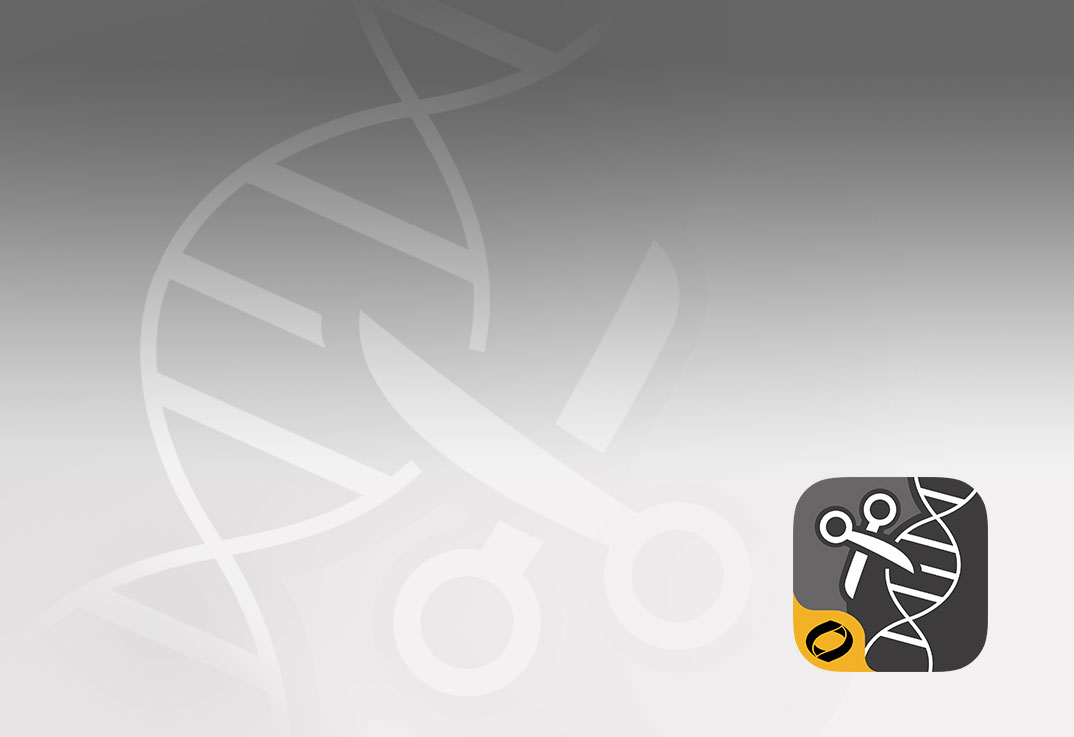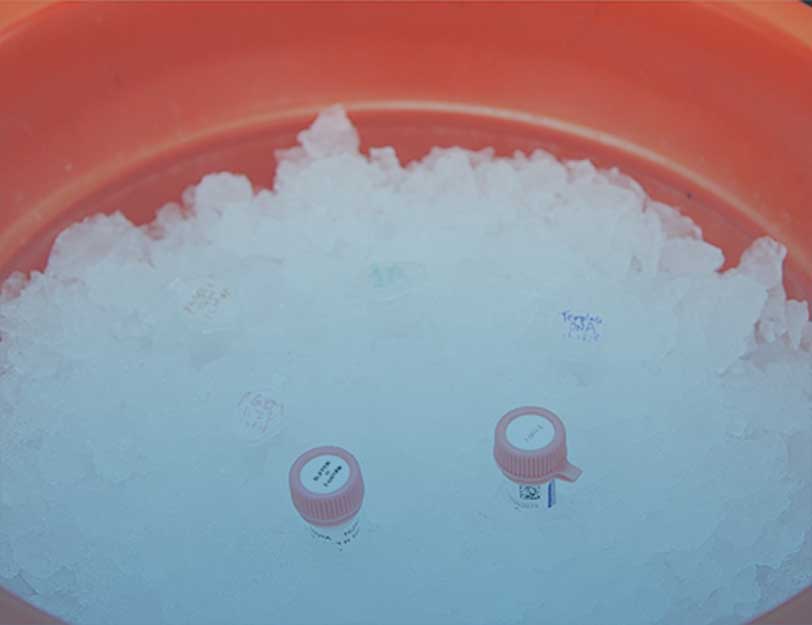Restriction Enzymes
Restriction enzymes, also known as restriction endonucleases, are specialized proteins that cut DNA at specific sequences. Originally coming from bacteria, restriction enzymes function as a defense mechanism against viral DNA. Restriction enzymes recognize and cleave unique nucleotide sequences, typically ranging from four to eight bases in length. This capability enables easy manipulation and gene editing for the customization of DNA sequences into new genomes or vectors. This process is fundamental in genetic cloning, DNA library construction, diagnosing genetic disorders, and forensic analysis methods such as genetic fingerprinting. In addition, restriction enzymes are crucial for CRISPR technology, where they are used to generate the double-strand breaks needed for genome editing.
Genome editing is a wide field that is enabled through the precise and diverse cleavage ability of restriction enzymes. We offer a range of high-quality, performance-tested restriction endonucleases for restriction digest and cloning needs. These span the various overhang requirements and includes a subset of enzymes that enable rapid digestion of DNA in 15 minutes or less. MULTI-CORE™ Buffer is Promega’s universal restriction enzyme buffer, simplifying multiple-enzyme digestions. Bovine Serum Albumin (BSA) is also available for increasing enzyme stability or for use as a carrier protein.
Types of Restriction Enzymes
Restriction enzymes are grouped into various classes (Types I, II, III and IV) each defined by their structural composition, cleavage specificity, and enzymatic activity requirements. Each type has distinct properties and applications, particularly in genetic engineering and research. Within molecular biology, Type II enzymes are particularly favored for their simplicity and precision in cutting near or at their recognition sites. See table below for further characteristics and details of the enzyme types.
| Type | Characteristic | Recognition Site | Cleavage Pattern |
|---|---|---|---|
| Type I |
|
Non-specific, distant from recognition site | Random, far from recognition site |
| Type II |
|
Specific palindromic sequences | Precise within or near the recognition site, producing defined overhangs or blunt ends |
| Type III |
|
Specific but less palindromic than Type II | Fixed number of bases away from the recognition site |
| Type IV |
|
Specific sequences that are methylated | Varies, typically near the recognition sequence |
Filter By
Shop all Restriction Enzymes
Showing 29 of 29 Products
Restriction Enzyme Function and Application
Restriction enzymes (restriction endonucleases) recognize specific, short DNA sequences called recognition sequences, or restriction sites. Restriction enzymes cleave double-stranded DNA within or adjacent to these specific sequences. A map of a DNA sequence showing the restriction sites present in that sequence is referred to as a restriction map. During the planning and executing of a cloning experiment, restriction maps help select an appropriate enzyme for cutting at compatible sites. Restriction maps are invaluable for cloning, DNA typing, and any other experiment making use of restriction enzymes.
Each restriction enzyme has reaction conditions in which it works best. These conditions include length and temperature of incubation. Restriction enzymes are typically sold with buffers in which they have optimal activity. Non-optimal reaction conditions can result in a phenomenon termed "star activity", where an enzyme begins to be less specific about the sites it cleaves. This typically arises due to non-optimal reaction conditions and can result in unexpected cuts with the DNA. Some factors that can contribute to star activity include using too high of an enzyme concentration, the presence of organic solvents, or extending the incubation times longer than necessary. Using the correct reaction conditions and incubating for the proper length of time can help prevent star activity in some enzymes. Enzyme inactivation after digestion can also help prevent star activity.
An important distinction for restriction enzymes is their recognition sites and cleavage specificity. Two (or more) restriction enzymes may recognize the same sequence and demonstrate similar specificity despite originating in different bacterial species. These are called isoschizomers. Isoschizomers have the same recognition site but may not have the same cut site, making them interesting for various biological applications where either blunt ends or overhands are required. An example of isoschizomers would be BamHI and BcII, which both cut at 5’-GGATCC-3’ between G and G, producing sticky ends. Isoschizomers offer flexibility of enzyme choice in situations where multiple enzymes are needed but do not have compatible buffers or reaction conditions. Neoschizomers are a category of restriction enzymes that recognize and bind the same DNA sequence but differ in their cleavage pattern. This distinction can be suitable for generating the ideal type of end for a particular cloning strategy.



